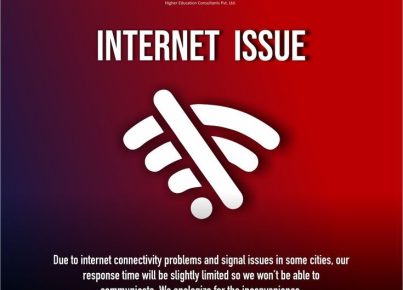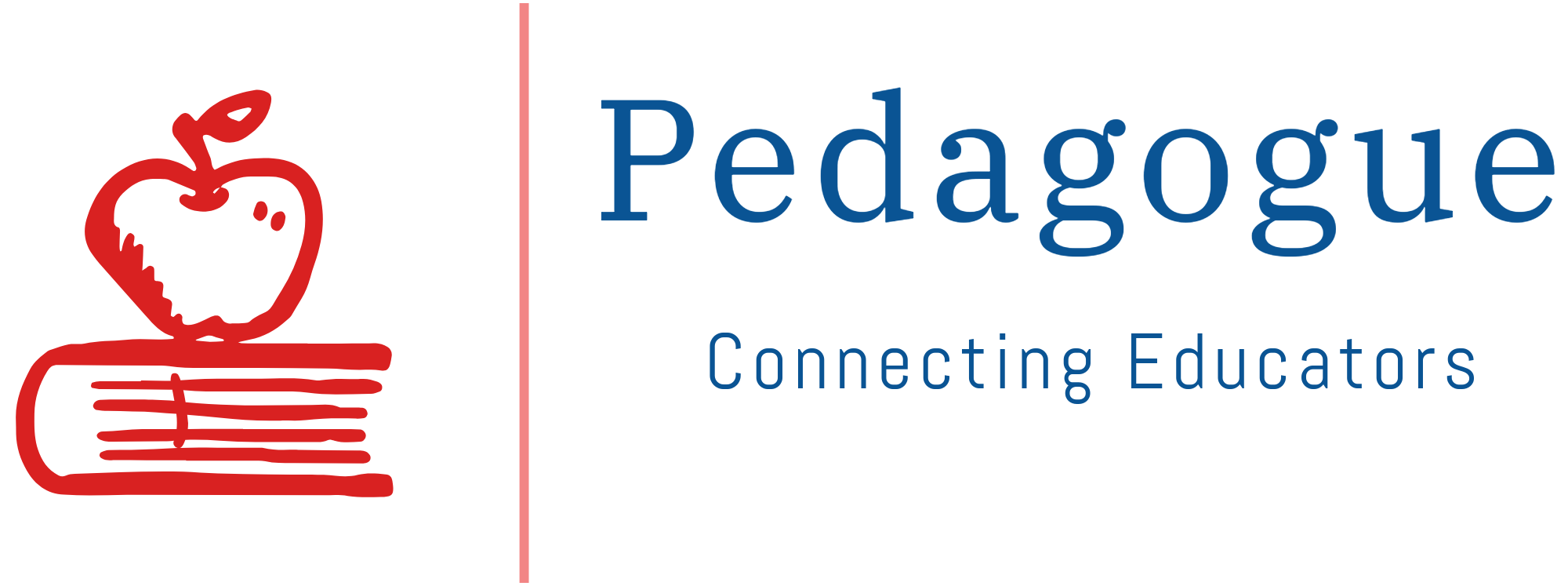Many people mistakenly think that educational technology–or technology of any kind–has no place in the elementary classroom. It is a misconception that technology cannot be developmentally appropriate. However, the reality is that educational technology can play a huge, appropriate role in elementary school programs. While individual classroom needs vary, most elementary school teachers hope to meet very specific goals with their use of educational technology.
It is purposeful
The idea of educational technology in early childhood isn’t just to kill time or keep students occupied while you grade papers. Elementary school technology should accomplish a specific learning goal; for example, students should be engaged in developing a skill rather than watching a random movie on an iPad.
It is limited
Introducing technological skills is important, but it doesn’t need to be used in every lesson. Try limiting its use to less than half an hour a day to maximize its benefits and reduce the risks presented by increased screen time.
It is age appropriate
Make sure the apps you select for your children are introducing them to skills and concepts that they are prepared to learn. Sometimes, apps and other technologies can be developmentally inappropriate, causing students to either be bored (if they are designed for younger students) or simply lost. Good educational technology will also adapt to individual learning styles, needs, and progress.
It provides room for exploration
Using educational technology is a great way to allow students to flex their creative muscles. Teachers recognize that there is room in the curriculum for apps or programs that require students to drill material, but they also want programs that allow students to paint, draw, and innovate.
Teachers also want technology that is responsive to students’ needs and interests and allows them to make mistakes without fear of retribution. Making mistakes helps students explore their learning styles and needs, and good educational technology will allow them to make those necessary mistakes.
It develops twenty-first-century skills
Good edtech allows educators to get students thinking–without them even realizing they are doing it. Activities, as mentioned earlier, should not be passive, but should require students to think outside the box. Technology should require students to develop necessary skills for future education and eventual employment, such as collaboration, communication, critical thinking, and problem-solving.
What elementary school teachers want from edtech is to have access to another tool simply. It’s not designed to replace instruction, but to supplement and enhance it. Like any other tool–pens, pencils, markers, or erasers–it should make a lesson better and more accessible for any student.




